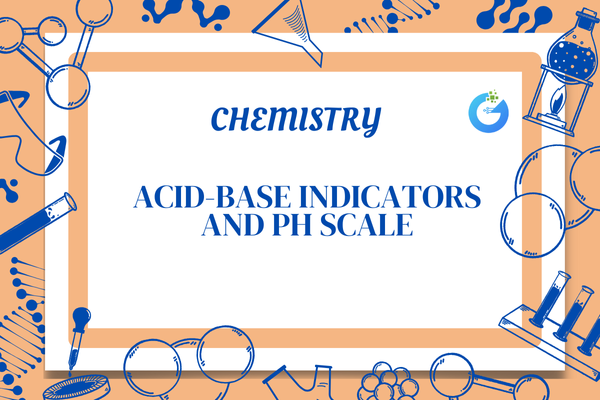Introduction
Have you ever seen shiny objects being coated with another metal, like gold or silver? Or heard of using electricity to clean water? That’s the chemical magic of electricity at work!
Electric current doesn’t just make bulbs glow or fans spin. When it passes through certain liquids, it can cause chemical changes—this is known as the chemical effect of electric current. These changes are useful in industries, science experiments, and even in protecting metal objects from rusting!
Let’s discover how electric current can make chemicals split, metals deposit, and water get purified—all through fascinating chemical reactions.
expert-led Physics classes – visit our website to learn more
What Are Chemical Effects of Electric Current?
When electric current passes through a conducting liquid, it can cause chemical reactions like:
- Breaking substances apart,
- Forming new substances,
- Depositing metal onto surfaces.
These effects are different from the heating or magnetic effects of electricity because they change the chemical makeup of substances.
Definition:
Chemical effects of electric current are chemical changes that occur in a substance (usually a liquid) when electric current passes through it.
Good Conductors and Poor Conductors of Liquids
Not all liquids let electricity pass through them. Those that do are called electrolytes.
| Type | Conductivity | Examples |
| Good Conductors | Allow electric current | Saltwater, lemon juice, acid |
| Poor Conductors | Hardly conduct current | Distilled water, oil, alcohol |
Electrolysis: The Core Process
When current passes through a conducting liquid, it splits the liquid into its components. This process is called electrolysis.
- Electrodes: The metal rods placed in the liquid.
- Electrolyte: The conducting liquid.
- Anode: Positively charged electrode.
- Cathode: Negatively charged electrode.
Effects of Electrolysis
| Effect | What Happens | Example |
| Gas Formation | Bubbles appear at electrodes | Electrolysis of water releases hydrogen & oxygen |
| Metal Deposition | A metal layer forms on one electrode | Electroplating iron with zinc |
| Color Change | Some solutions change color | Copper sulfate turning from blue to colorless |
Simple Classroom Experiment
Objective: To show that electric current can cause chemical change
Materials Needed:
- Battery
- 2 graphite pencils (as electrodes)
- Beaker with saltwater or lemon juice
- Wires
- Small bulb
Steps:
- Connect the battery to the graphite electrodes.
- Dip them into the solution.
- Watch for bubbles or bulb glow.
Applications of Chemical Effects
| Application | How It Uses Chemical Effects |
| Electroplating | Deposits a thin metal layer for appearance/protection |
| Water Purification | Removes unwanted ions using electricity |
| Battery Functioning | Converts chemical energy into electrical energy |
| Industrial Metal Extraction | Extracts pure metals from ores using electrolysis |
Electroplating: Making Things Shiny and Strong
Electroplating is when electricity is used to coat one metal object with a thin layer of another metal.
| Step | Description |
| 1 | The object to be plated is the cathode |
| 2 | The coating metal is the anode |
| 3 | The solution contains metal ions of the coating |
| 4 | Electric current passes → metal deposits on object |
Why Electroplating Is Useful
- Improves appearance (shiny items like jewelry).
- Protects from rusting and corrosion.
- Reduces wear and tear.
- Cost-effective way to use expensive metals.
FAQs
Can all liquids conduct electricity?
No, only liquids that have ions (like saltwater) can conduct electricity.
Why is distilled water a poor conductor?
Because it has no salts or impurities to carry electric current.
What is electrolysis used for?
To split water into gases, purify metals, or perform electroplating.
Why are electrodes important?
They allow the electric current to enter and exit the liquid solution.
What happens during electroplating?
A metal from the solution deposits on the object using electric current.
Fun Facts About Chemical Effects
- You can split water into hydrogen and oxygen just using two pencils and a battery!
- Electroplating is used in making jewelry, coins, and even bike parts!
- Your car battery works using chemical reactions and electric current.
- Plants can even be studied using electrochemical sensors!
Conclusion
Electric current isn’t just about light and fans—it can create amazing chemical changes too! From making shiny objects and splitting water to cleaning liquids and powering batteries, the chemical effects of electric current are powerful and practical.
By understanding how electricity interacts with chemicals, we unlock amazing uses in science, technology, and daily life. So next time you see a shiny spoon or use a water purifier—remember, it’s chemistry and electricity working together!








